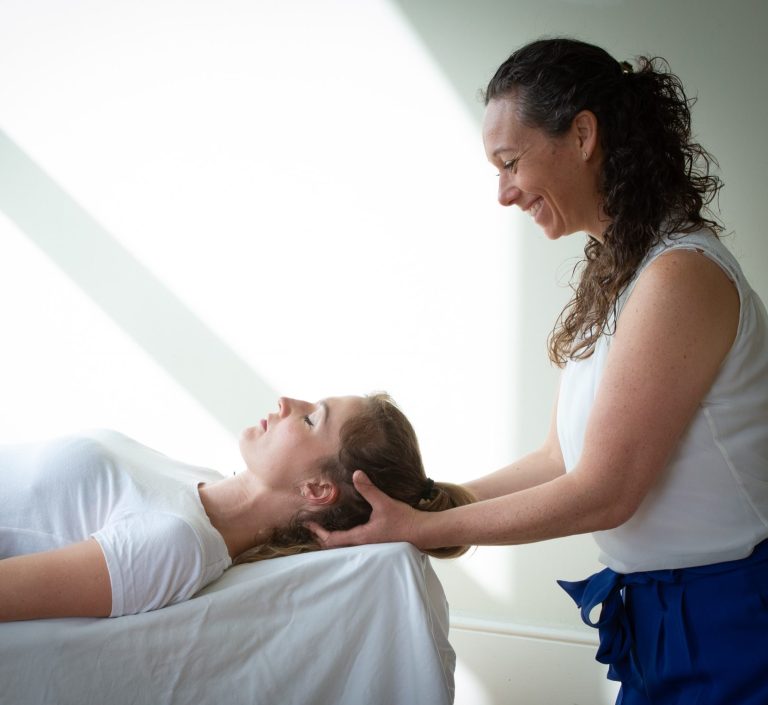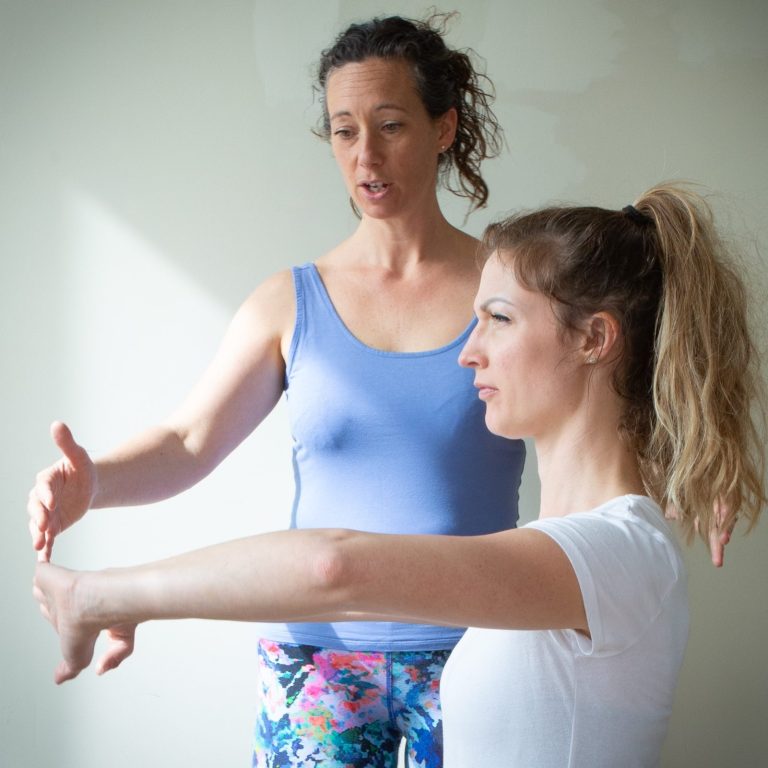
Chiropractic........... its simple
Muscles, joints and organs of the human body are controlled by the brain via the nervous system, all of which is encased and protected by the spine and cranium (skull bones). Interference to the nervous system leads to dysfunction of muscles, joints and organs.
Our care aims to restore and maintain health through natural, hands on treatment combined with evidence–based nutrition and lifestyle advice.
Whilst many patients discover chiropractic seeking relief from pain or injury, the benefits may well extend far beyond the initial phase of treatment.
Sacro-Occipital Technique (SOT)
Sacro-Occipital technique (SOT), developed by Major De Jarnette in the 1920’s and 30’s, is a comprehensive gentle and innovative technique of chiropractic named to reflect the intimate relationship between the sacrum (base of the spine) and the occiput (base of the skull).
SOT understands the function of the human peripheral nervous system and in particular it’s intimate relationship to the human frame. A comprehensive examination identifies the precise nature of disturbance and the most suitable approach to resolve the issues.
- Integrates easily with other chiropractic systems, meaning practitioners may use several differing test procedures, methods of analysis and modes of treatment.
- Is best known for the integration of cranial work into traditional chiropractic treatments which demands a detailed analysis of the pelvis, extremities and visceral systems and their inter-relationship.
Cranial Motion
Cranial motion is a function of the pliability of the cranial vault influenced by the regular motion of respiration, muscular contractions, and circulatory flow, which together affect what is referred to as the primary respiratory mechanism (PRM).
Although very subtle, these motions can be palpated by a trained practitioner and abnormalities within the flow of cerebral spinal fluid and cranial distortions can be diagnosed through visual observation, testing, palpation of the cranial sutural system and palpation of the cranial pulsations. Craniopathic diagnostic procedures and manipulations are designed to evaluate and correct distortions of the cranium which are causing deformations of the cranial membrane system and distorting the flow of cerebral spinal fluid.
Dry Needling
Both Martin and Verity are qualified in dry needling, which is a western medicine apporach to acupuncture. This can be used as a great adjuct to chiropractic treatmetn, especially where ther are chronically tight muslces or very inflammed areas that are tender to pressure.
Family Friendly
Our use of SOT and our apporach to treatment make The South Coast clinic somewhere the whole family can benefit from visiitng. We see multiple generations in family groups from grandparents in their 90's+ to new born infants and everyone in between.
So whether you're into gardening or sports, gaming or sea swimming -why not give us a call and see if we can help?

Institute of Functional Medicine
Martin has studied continuously over the last twenty years with the IFM, culminating in achieving AFMCP level competence in 2011 (Applied Functional Medicine in Clinical Practice).
Broadly this is an individualised, patient-centred, science-based approach that empowers patients and practitioners to work together to address underlying causes of disease and promote optimal wellness. By addressing root causes, rather than symptoms, practitioners are focused on identifying the complexity of disease processes.
Whilst it would be true to say that Martin would not describe himself as a Functional Medicine Practitioner the principles of this approach and his background underpin his understanding of complex patient problems. Resolution often involves cooperation between a chiropractor and other healthcare professionals.

Pelvic Girdle Pain (PGP)
At The South Coast Clinic, we are proud to be on the recommended practitioners list in the treatment and management of Pelvic Girdle Pain (PGP). The Pelvic Girdle Partnership is a charitable organisation set up to help pre and post–natal Mums suffering from often debilitating symptoms of PGP.
PGP is a common complaint for many Mums to be and can occur at any stage in pregnancy. It is characterised by pain in the pelvic girdle, either in the lower back area or at the front, in the pubic bone. It is frequently tiggered by pregnancy due to the increase in specific hormones during pregnancy, increased load and the altered weight bearing patterns that Mums often adopt. All of these factors lead to mechanical changes in the joints around the pelvis and lower back.
There is a common misconception that pain will automatically resolve after delivery. However this is not always the case and we are more and more frequently being approached by Mums that are still struggling more than six months post–natal.
Unfortunately, Mums–to–be are often told there is nothing that can be done and that bed rest/crutches are the only solution. The good news is that there is an effective and safe alternative…. “hands on, manual therapy”. And that’s where we come in!
Hypopressives
Hypopressives is a series of breathing and postural exercises which aims to reduce pressure in the thoracic, abdominal and pelvic cavities.
The specific postures and breathing techniques involved with hypopressives utilise the action of the respiratory diaphragm and its associated muscles to cause an abdominal suction effect thus decreasing intra–abdominal pressures (IAP).
Many traditional exercises create an increase in intra–abdominal pressure (IAP) which a strong core musculature can withstand. However, if you are training with an existing injury or pelvic floor weakness (eg after having a baby), this increased pressure will find the “weakest spot” and can result in functional challenges such as urinary incontinence, hernia or pelvic organ prolapse (POP).
Core muscles should work at a subconscious level,naturally activating without the need for a focussed contraction e.g. if you have to suddenly run for a train. Hypopressives work to not only reduce IAP during the exercise “flow” series but also help to re-programme the core muscles, increasing their resting tone and involuntary function. They help to restore normal function to the complex of muscles that together we think of as the “core muscles” and in particular those of the pelvic floor.
Why should I practise hypopressives?
Hypopressives can benefit almost everyone. They can be particularly helpful for improving sports performance as they are a core re-training exercise. They can also be used in conjunction with a rehabilitation programme in the long–term treatment of lower back injuries. The postures involved with the exercise programme are particularly appropriate to help those wanting to improve their posture.
Hypopressives have most commonly been used by post–natal and peri/post–menopausal women in the management of urinary incontinence and even to reverse pelvic organ prolapse.

Hypopressives
